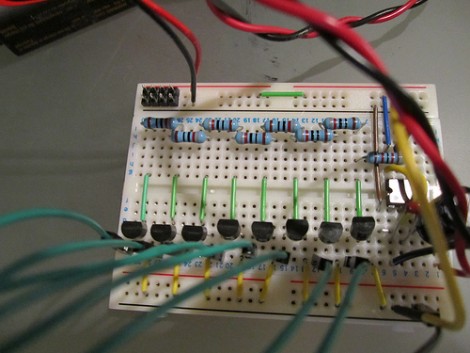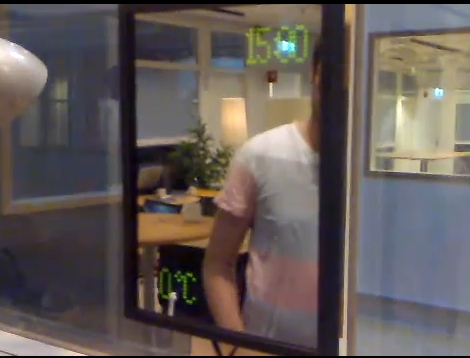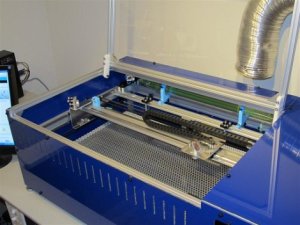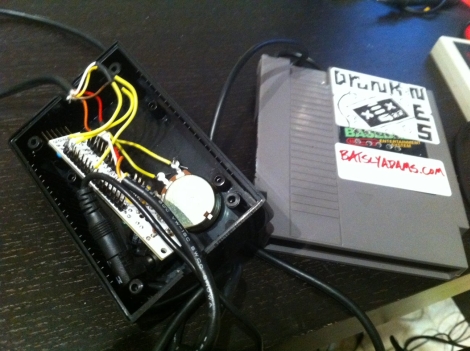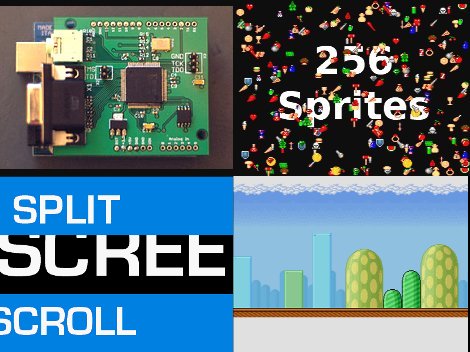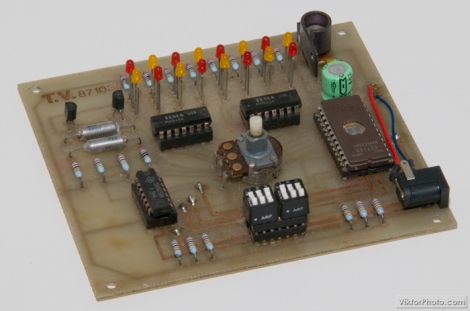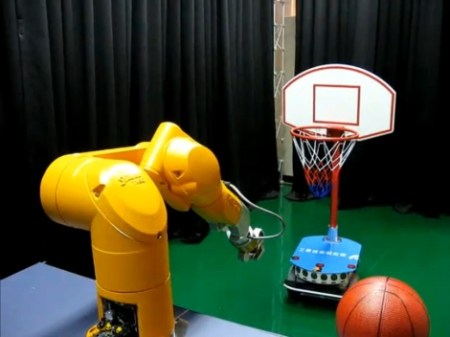
People spend years of their lives practicing on the courts to get the kind of accuracy that this robot achieves. It is able to shoot freethrows thanks to stereoscopic camera analysis of the target. We know what you’re thinking; big deal, it knows the distances which makes the calculations easy. That’s not the case, look a bit closer in the image above. The basket itself is mounted on a robotic platform and creates a randomly moving target. It looks like shots are only taken when the basket is stationary. But still, that means the system is able to calculate accurate throws when the basket is not only at varying distances, but also when it is not directly in front and not square to the arm of the robot. The accuracy relies on analyzing the square on the backboard of the basket. Because two cameras give different perspectives, edge and corner detection of both images allow the system to extrapolate the location of the target.
After the fold there’s a video of this robot being demonstrated to the public. Apparently the yellow-armed-monster isn’t suitable for public consumption because the developers have covered it with the body of a plush seal.

